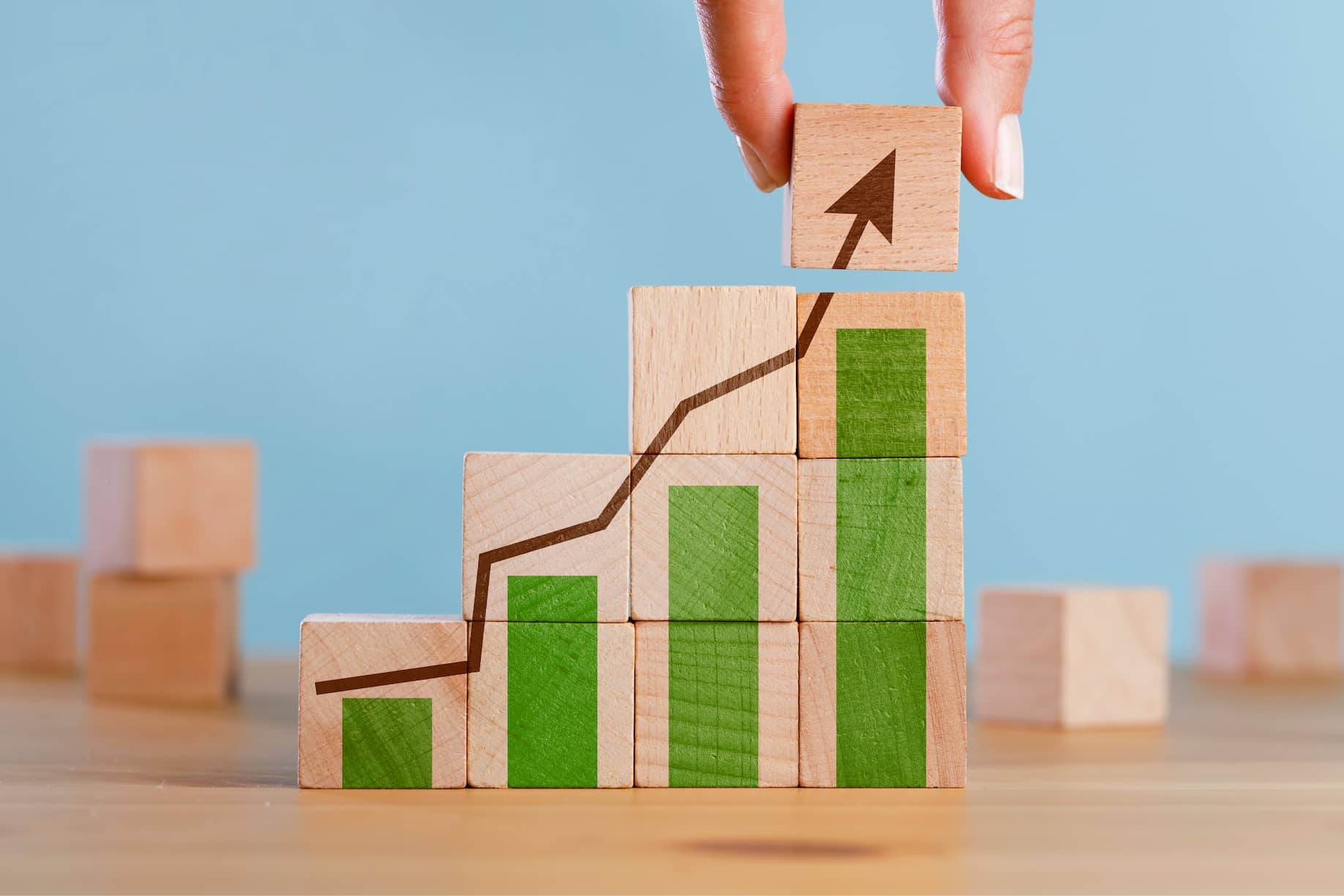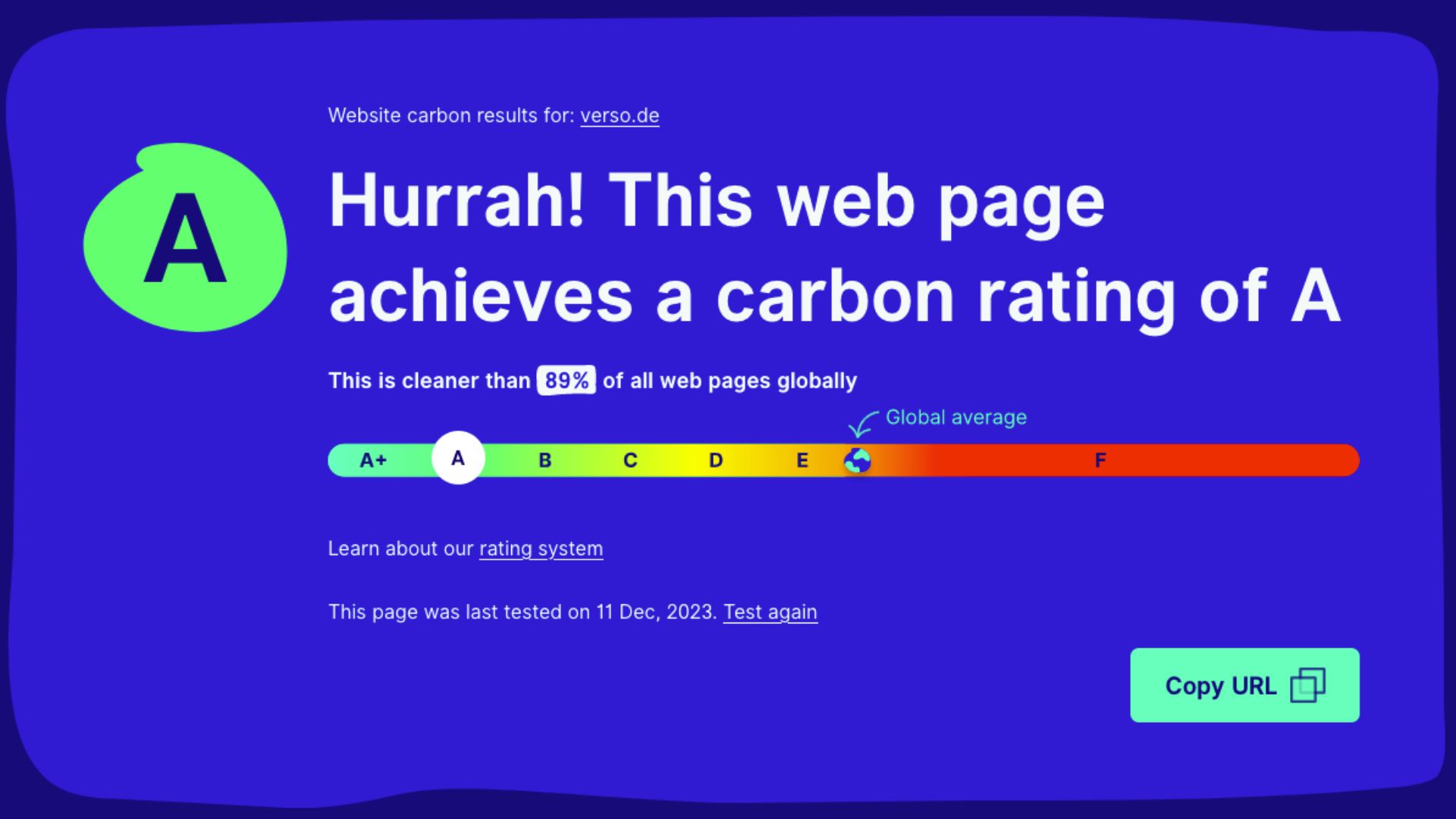
Why is sustainability important for companies? Facts & Figures 2024
Sustainability is becoming increasingly important – not only for private individuals, but also for companies. This article shows why you should not regard sustainability as a mere compulsory exercise.
5 facts why sustainability is important for companies
ESG issues (environmental, social and governance) are playing an increasingly important role in business. And rightly so: sustainability and sustainable action bring many advantages to a company – as various surveys show. Sustainability is therefore important because:
- it ensures the continued existence of the company
- it ensures economic success in the future,
- it increases employee motivation,
- it strengthens customer loyalty to the company
- and because it creates new jobs.
ESG has developed into a topic that has become increasingly important for both private households and companies. For companies, sustainability is no longer just a label that can be marketed nicely. In addition to ethical aspects, it also brings major economic benefits – for example in the recruitment of employees, customer loyalty and, as a result, greater economic success. However, in order to implement sustainability efforts in a targeted manner, companies should not just implement loose measures, but rather develop a sustainability strategy – with concrete goals, measures and key figures for monitoring.
Sustainability ensures economic success
Sustainability is no longer limited to sorting waste in the office, but has a strong influence on many fundamental sectors of a company. Therefore, switching to sustainable business practices can of course be time-consuming and cost-intensive. But the effort is worth it, as these four studies show:
- 95% of respondents to the Ramboll’s 2019 Sustainability Survey stated that ESG is an important factor for long-term economic success. The reason: consumers are increasingly buying regional and ecologically valuable products.
- 45 % of the KPMG 2022 CEO Outlook executives surveyed (globally) stated that ESG measures improve their company’s financial performance.
- 67 % of the Sustainability Monitor 2024 companies surveyed recognize added value in CSRD for the further development of the company.
- 55 % of the KPMG 2024 U.S. CEO Outlook executives surveyed expect to see a significant ROI from their ESG initiatives in the next three to five years.
Sustainability secures the future of companies
However, ESG commitment not only ensures that the company is in a good financial position. It is becoming increasingly clear that the climate crisis and its consequences are becoming a real threat to established business models and that business as usual is no longer sustainable. Conversely, this means that sustainable transformation ensures the long-term survival of companies.
- 55 % of the Capgemini of the German companies surveyed recognize that something has to change: they consider climate change to be the main cause of future disruptions to operations.
- 61% of the managers surveyed worldwide in the same study are of the opinion that a lack of sustainability strategy will become an existential risk in the long term.
Stronger customer loyalty through sustainable business practices
Satisfied customers are usually also loyal customers – as shown by a survey by Capgemini Study Sustainability in CPR 2020:
- Three quarters of the companies surveyed from the consumer goods industry and retail sector stated that the inclusion of sustainability increases their customer loyalty.
- 79 % change their purchasing behavior in favor of more sustainability.
- 66% even select products and services specifically according to how sustainable they are.
This is in stark contrast to the 36% of large companies that were also surveyed in this study – and stated that sustainability does not play a major role for their customers. In the study, Deloitte examined The Sustainable Customer 2023study, Deloitte investigated what consumers want from companies when it comes to sustainability. The result: more transparency and honesty, among other things. 34% would trust a brand more if its ESG measures were verified by an independent third party – as the new Green Claims Directive aims to achieve.
Sustainability – the key to motivated employees
However, satisfaction must not only come from outside, but also from within. After all, motivated employees do more for their company. A company with a sustainable focus can provide precisely this additional motivation boost – and also give itself a real advantage in the search for talent:
- 67 % of the employees surveyed for the report Sustainability in CPR report stated that the integration of ESG issues in the company had increased employee motivation.
- The EIB Climate Survey 2023 found that 56% of people surveyed value an employer that thinks (and acts!) sustainably.
- For almost a fifth of the younger job seekers surveyed in this study, sustainability is even the criterion when choosing an employer.
- And an HR survey by Gartner found that a strong ESG culture can increase employee engagement by up to 43%.
Sustainability creates jobs
All of these factors play a role in economic success.
However, the benefits of a sustainable economy can also be seen in the economy as a whole.
According to a study by Deloitte, Germany will generate around 12 billion euros in additional gross value added per year by 2030, creating 177,000 new jobs in the process.
In addition to economic successes, 5.5 million tons of greenhouse gases will also be saved each year.
* This information is summarized editorial content and should not be construed as legal advice. VERSO accepts no liability.
This might also interest you:
Subscribe to our newsletter!
Register now to arrange a free demo appointment and get to know our solutions at first hand.
- Pragmatic all-in-one solution for ESG reporting, climate and supply chain management
- Best practices in the areas of ESG and sustainable supply chains
- Developed with expertise from 12+ years of sustainability management
- Sustainability events and much more.



























